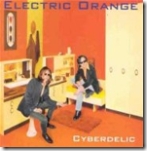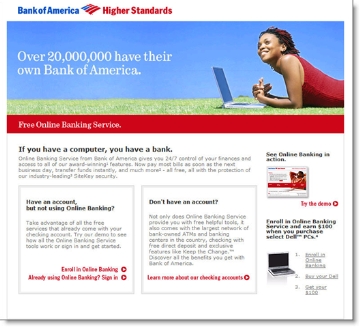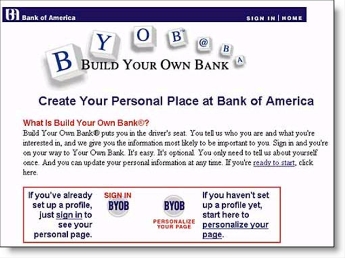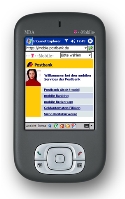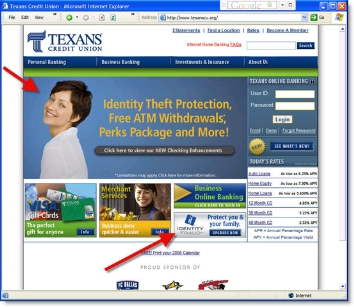<Updated 12/1/06 with more details>
Two new entrants in the so-called high-yield savings market launched this week:
- E*Trade Bank <etradebank.com>: Its new 5.05% Complete Savings Account was advertised in the Wall Street Journal today and took next-to-top honors in Google search results for "best savings accounts" (see end note 1, screenshot below).
- iGoBanking <igobanking.com>: The new online brand from Flushing Financial launched Monday with a 5.3% rate on an online savings account (see end note 2, screenshot below).
iGoBanking (click to enlarge)
As previously reported, Flushing Financial launched its entry into the online savings market. The 5.3% APY no-minimum account ranks as the fourth highest in the nation according to the Bank Deals blog (see list here). The rate leader continues to be E-Loan's at 5.5% (see our coverage here).
However, iGo can claim the highest no-minimum rate in the nation since E-Loan and the others require at least $5,000 to qualify for the higher rate.
The bank will focus on deposits, CDs, and savings in 2007 and may expand to home equity and mortgage lending in the future.
Analysis
The website is attractive and relatively well designed. The online application is hosted by CashEdge (see related post here). Unfortunately, the outsourced application fails to maintain the look and feel of the main website and may cause a few applicants to second guess their decision to sign up (click here for a more thorough analysis of its application design).
E*Trade Bank (click to enlarge)
E*Trade's Complete Savings account builds on the direct bank's lineup of award-winning products (see previous coverage here). The bank flat-out understands the market and the medium.
The landing page for the new savings offering is brilliantly laid out with Google-like simplicity using just 25 words of copy (other than the table and the below-the-fold fine print). Notice how they show specific competitive prices, including high-yield market leader ING Direct. But what most consumers will remember from the chart is the "6X national average" rate.
Finally, the "Open an Account in Minutes" and "Free, one-click transfers to and from any institution" address user concerns on both those issues. And the small padlock with E*Trade's protection guarantee helps users understand security issues.
End notes:
- Search conducted at noon PST, Nov. 29 from Seattle IP address (see screenshot below).
- Source: American Banker, 29 Nov. 2006 (article here)
Google search results for "best savings account"






